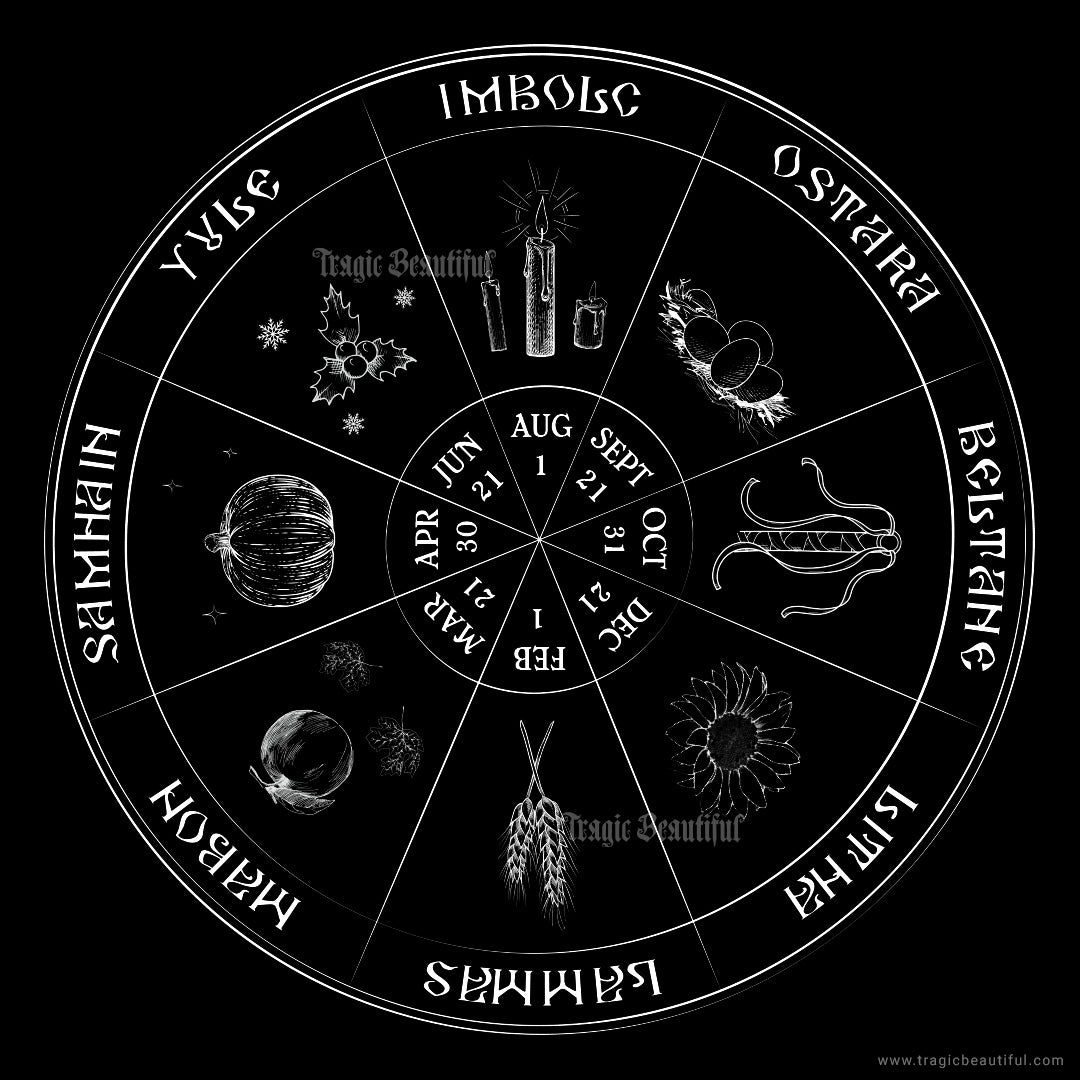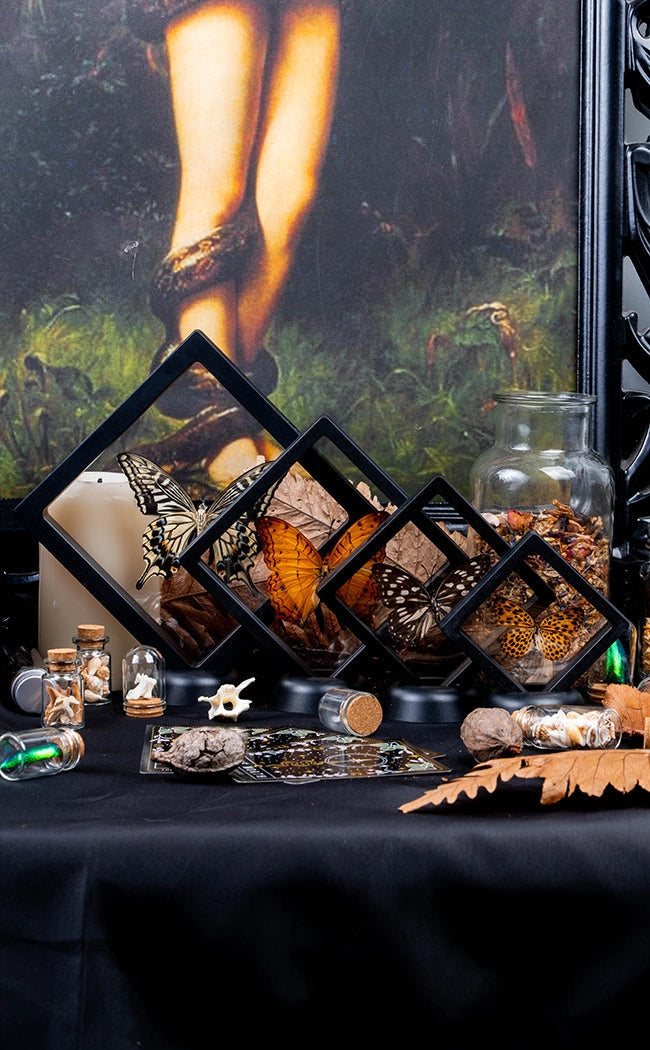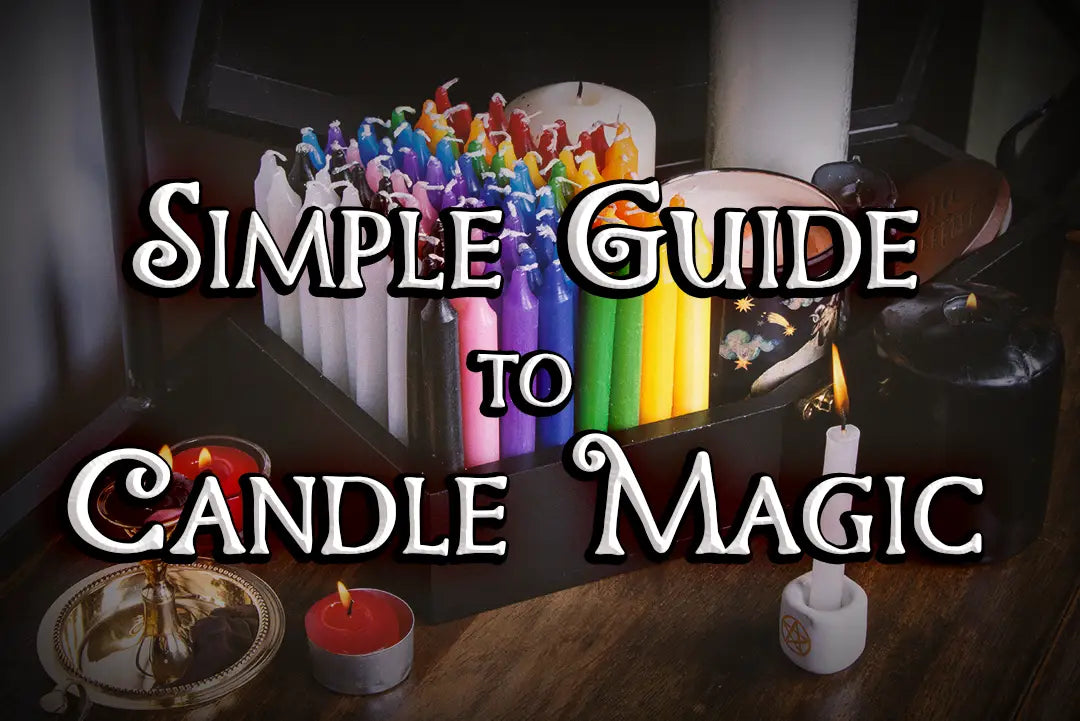Celebrating Pagan Events in Australia & Beyond
The celebration of the changing seasons is an important part of many pagan and earth-based spiritual traditions. In the Northern Hemisphere, the sabbats, or seasonal holidays, are typically celebrated around the solstices, equinoxes, and cross-quarter days. However, in the Southern Hemisphere, the seasons are reversed, which means that the sabbats fall on different dates. Understanding the significance and timing of these holidays is essential for those living in the Southern Hemisphere, such as witches living in Australia, who wish to connect with nature and honour the cycles of the Earth. In this blog article, we will explore the sabbat dates in the Southern Hemisphere and discuss the meaning and symbolism behind each of these sacred celebrations. The table below outlines the Sabbats and their traditional dates, as well as the accurate times & dates in 2025 in AEST, according to archaeoastronomy.
| Sabbats | Traditional Date | Time and Date 2025 |
| Lammas | February 1 |
February 4, 2025 |
| Mabon (Autumnal Equinox) | March 21 | March 20, 2025 7:01pm |
| Samhain | April 30-May 1 | May 5, 2025 3:53pm |
| Yule (Winter Solstice) | June 21 | June 21, 2025 12:42pm |
| Imbolc | August 1 | August 7, 2025 3:57pm |
| Ostara (Spring Equinox) | September 21 | September 23, 2025 1:51pm |
| Beltane | October 31 | November 7, 2025 1:51pm |
| Litha (Summer Solstice) | December 21 | December 22, 2025 01:03am |
The Wheel of the Year
The Wheel of the Year in the Southern Hemisphere is a celebration of the changing seasons that reflects the natural rhythms of the local environment. Each of the eight sabbats in the cycle has its own spiritual significance and symbolism, from the renewal and rebirth of spring to the rest and reflection of winter. By following the Wheel of the Year Southern Hemisphere 2025, practitioners can deepen their connection to the earth and the cycles of life and death.

The Sabbats in Australia
Yule
Southern Hemisphere Date: June 21
Northern Hemisphere Date: December 21
Also Known as: Midwinter, Winter Festival, and Alban Arthan
Celebrated as: the rebirth of the sun, bringing hope for the coming spring and symbolising renewal and the return of the light.
Yule is celebrated as the winter solstice and marks the longest night of the year in the Northern Hemisphere. It is a time of rebirth and renewal, as it signifies the return of the sun and the lengthening of days, bringing hope for the coming spring. The festival is associated with the rebirth of the god, who is honoured for his role as the bringer of light and life, and with the goddess as the mother, who is honoured for her role in nurturing new life. Traditionally, Yule was a time for feasting, gift-giving, and the lighting of candles and fires to symbolise the return of the light, as well as for rituals that honored the cycles of life and the importance of community. Today, the festival is often celebrated with gatherings that focus on the themes of hope, renewal, and the joy of the season.
Imbolc
Southern Hemisphere Date: August 7
Northern Hemisphere Date: February 3
Also known as: Brigid's Day, Candlemas, and Oimelc
Celebrated as: as a time of new beginnings and the awakening of the natural world after the dark winter months.
This sabbat marks the halfway point between the winter solstice and the spring equinox and is associated with new beginnings and the first stirrings of spring. It is a time to light candles, plant seeds, and set intentions for the coming year. This is followed by Ostara, which falls around September 21st and celebrates the spring equinox. This sabbat represents balance and harmony, as day and night are of equal length. It is a time to honour the awakening of the natural world and to reflect on the balance between light and dark within ourselves.
Ostara
Southern Hemisphere Date: September 23
Northern Hemisphere Date: March 20
Also known as: Eostre, Alban Eilir, Vernal Equinox, Lady Day, and the Festival of Trees
Celebrated as: a time of renewal, growth, and the return of life to the earth after the long winter months
Ostara is a festival celebrated during the spring equinox, which marks the time when day and night are of equal length. The holiday is named after the Germanic goddess, Ostara, who represents the renewal of the earth and the changing of the seasons. As with many pagan celebrations, Ostara involves both the honouring of the god and goddess, who are associated with fertility and new beginnings. It is a time for planting new seeds, both literally and metaphorically, as well as for celebrating the abundance and beauty of nature. Traditionally, Ostara is celebrated with egg hunts, feasting, and rituals that focus on the themes of balance, growth, and renewal. Today, many modern pagans celebrate Ostara as a time to connect with the natural world and to celebrate the changing of the seasons.
Beltane
Southern Hemisphere Date: November 7
Northern Hemisphere Date: May 4th & 5th
Also known as: May Day (Northern Hemisphere), Walpurgis Night, and the Festival of Flora
Celebrated as: a time to celebrate fertility, growth, and abundance, and to honour the sacred union between the god and the goddess
Beltane, celebrated around November 1st, marks the beginning of summer and is associated with fertility, passion, and creativity. This sabbat is a time to celebrate the abundance of the earth, to dance around the Maypole, and to honour the sacred union between the God and Goddess. It is a time to connect with the energy of the sun and to celebrate the growth and abundance of the season. By following the Wheel of the Year Southern Hemisphere 2025, practitioners can deepen their connection to the earth and the cycles of life and death, and honour the sacredness of each season.
Litha (Summer Solstice)
Southern Hemisphere Date: December 21-22
Northern Hemisphere Date: June 20-21
Also known as: Midsummer, St. John's Day, and Alban Hefin
Celebrated as: a time of abundance, growth, and the peak of the solar year
After Beltane, the next sabbat in the Wheel of the Year Southern Hemisphere 2025 is Litha, celebrated around December 21st. This sabbat marks the summer solstice, the longest day of the year, and is associated with growth, abundance, and the peak of the sun's power. It is a time to honour the energy of the sun, to connect with the natural world, and to celebrate the abundance of the earth. Litha is often celebrated with bonfires, outdoor rituals, and feasting.
Lammas
Southern Hemisphere Date: February 3-4
Northern Hemisphere Date: August 6-7
Also known as: Lughnasadh, August Eve, and the Feast of Bread
Celebrated as: a time of the first harvest, when the grains and fruits of the earth are beginning to ripen and are ready to be gathered
The sabbat of Lammas, celebrated around February 1st, is the first of the three harvest festivals in the Wheel of the Year. It marks the midpoint between the summer solstice and the autumn equinox and is associated with the first fruits of the harvest and the sacrifice of the God. Lammas is a time to give thanks for the blessings of the earth and to honour the cycles of life and death. It is a time to celebrate abundance, to bake bread, and to share the fruits of the harvest with friends and family.
Mabon (Autumn Equinox)
Southern Hemisphere Date: March 20-23
Northern Hemisphere Date: September 19-22
Also known as: Fall Equinox, Harvest Home, and the Feast of Avalon
Celebrated as: a time to give thanks for the bounty of the earth and to prepare for the coming winter
The autumn equinox, or Mabon, is celebrated around March 21st and marks the second harvest of the year. This sabbat is associated with balance and harmony, as day and night are once again of equal length. It is a time to give thanks for the bounty of the earth and to honour the balance between light and dark within ourselves. Mabon is often celebrated with feasting, wine-making, and the sharing of stories.
Samhain
Southern Hemisphere Date: May 5
Northern Hemisphere Date: November 6-7
Also known as: Halloween, All Hallows' Eve, and the Day of the Dead
Celebrated as: a time to give thanks for the bounty of the earth and to prepare for the coming winter
Finally, the Wheel of the Year comes full circle with the sabbat of Samhain, celebrated around May 1st. This sabbat marks the end of the harvest season and the beginning of winter, and is associated with death, rebirth, and the thinning of the veil between the worlds. It is a time to honour our ancestors, to remember those who have passed on, and to reflect on the cycles of life and death. Samhain is often celebrated with rituals, divination, and the lighting of candles to guide the spirits of the dead.
Wheel Of The Year Altar Cloths

If you're feeling overwhelmed by all these different dates and celebrations to keep up with - we get it! We're a gaggle of busy witches here at too Tragic and that's why we have created two different Southern Hemisphere Wheel Of The Year Altar Cloths in both floral and black. These altar cloths were designed to help you keep the Sabbat dates top of mind in a practical, yet whimsical way.


























































































































































































